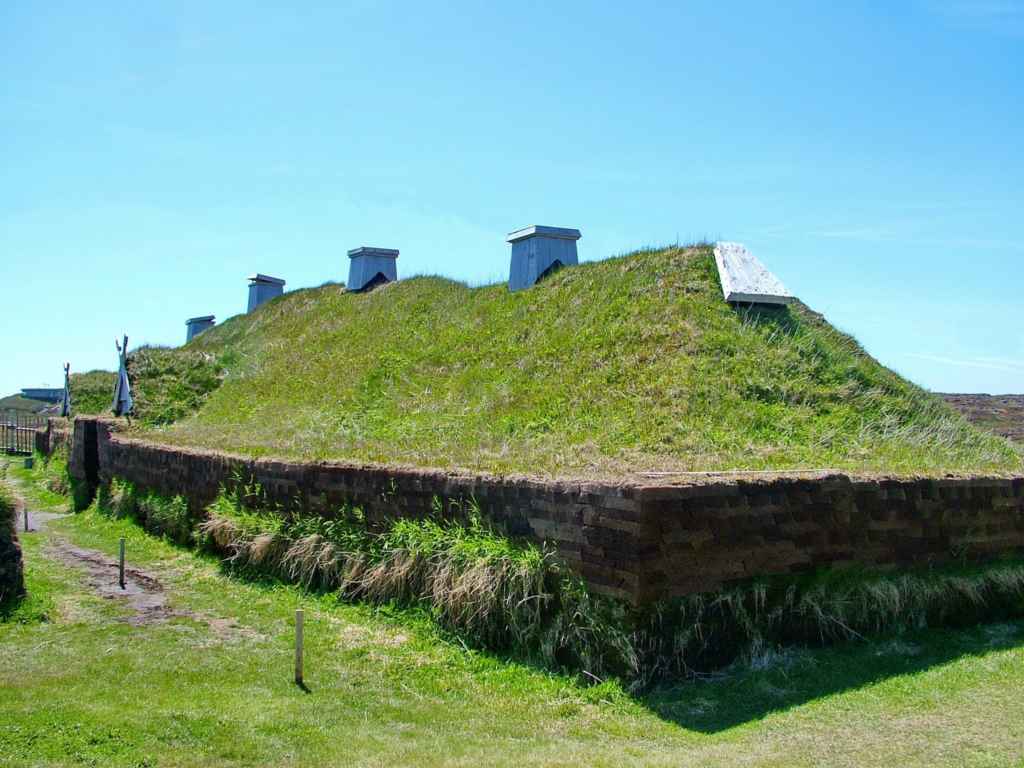It has been known for half a century that Vikings lived in L’Anse-au-Meadows, north of the island of Newfoundland, but it was not known when. Here we have for the first time a precise date… thanks to a solar flare.
This is the kind of determination that would have been impossible in the 1960s, when this archaeological site was unearthed. It was then roughly dated to around the year 1000. Viking settlers from Iceland had settled in Greenland.
Two large solar flares
Since then, knowledge about solar flares and the traces – in the form of carbon-14 – that they leave in sediments or tree trunks has been refined. We know today only two large solar flares took place in the period known as the High Middle Ages, that is to say in the year 774 and in the year 993.
Experts from the Newfoundland site then had the idea to re-examine some of their artifacts. Among them, the remains of tree trunks possibly used to build a house… Which were cut by a metal ax. However, we know that the Amerindians of the time did not use metal.
The hope was that one of these trunks had kept track of the eruption of 993. And that we could determine when that tree had been cut… By then counting one circle of its trunk per year.

Ax cuts in 1021
The answer: three of these fragments, from three different trees, were cut in the year 1021. Experts even suggest that one of them was cut in the spring and at least one in the fall. The study appeared on October 20 in the review Nature.
–


